Teaching the Whole Child with the Catechesis of the Good Shepherd
- Diocese of WNC

- Aug 7, 2023
- 4 min read
Updated: Dec 27, 2023
By Rachel Carr, Diocesan Missioner for Communications
Entering a learning space of the Catechesis of the Good Shepherd reveals the intentionality behind the program at first glance.
No two atriums are exactly the same, but all are full of life. From the altar with elements of worship to figurines depicting biblical characters to timelines of humankind and the books of the Bible, all materials are designed by the catechist to fit in a child’s hand at the relevant level.

The Catechesis of the Good Shepherd (CGS) is a gem of children’s ministry. The program employs the Montessori method of teaching, which calls for the child’s full engagement and participation, rather than merely listening or reciting back information. The catechist creates a lesson album and original learning materials with help from CGS training and the design manual, so the child can interact with the story and learn through play and doing.
Micki Hill oversees CGS in the Episcopal Diocese of Western North Carolina and offers training for those interested in bringing CGS to their church or those interested in becoming a catechist. She is the dean’s assistant for formation at the Cathedral of All Souls and sits as co-chair on the Episcopal Committee for the United States Association of CGS.
“The Montessori method brings in the whole body, the whole mind, the whole child. A young child is very concerned with development; they’re developing their bodies. They need to walk, they need to move, they need to pick up things, and they are trying to gain independence in doing so,” Hill said.

There are components of organization at each of the three levels, which range from ages 3–11. The Level 1 Atrium is for ages 3–6, Level 2 is for ages 6–9, and Level 3 is for ages 9–11.
“CGS has to do with the creation, education, and building of the human person. Just like with prayer, we need to control ourselves: we need to calm our bodies and quiet our minds. There’s a complete cycle of work. We introduce the various items and allow each child to choose. They bring it to the table and work, and then they clean up and restore the work for the next person. There’s a purpose for everything,” Hill said.
About twenty children are engaged in CGS on a given Sunday at All Souls, but other CGS programs in the diocese may have just one or two children. And Hill says, that’s okay and even welcome.
“In the Episcopal Church, many of our churches are small and have very few children. It’s not always offered on Sunday morning. After school can be great because, with the Montessori program, you really do want time. Time is one of the key components, and on Sunday morning you may get as little as thirty minutes,” Hill said.
At St. Mary’s, Asheville, CGS has been offered as an ecumenical after-school program with
Catechist Shannon Townsend, who also leads CGS at Grace, Asheville, on Sundays. Townsend has been practicing CGS for more than 20 years and is certified in all three levels.
“I’m always learning. They say the catechist is like being a true Montessorian, where you create the environment for the child. The work of our hands provides this environment, and it’s also a way for us to reflect on and meditate on each of the works that we’ll be presenting. We’re a catalyst. We’re here to present the works to the kids, but it’s not like a typical academic classroom,” Townsend said in an interview for a previous article.
To become a catechist, one must seek certification.
“One thing that is really an aspect of training, we believe in the incarnation and we approach it that way. You get to do the Bible study, and we also look at the doctrinal content, but the human person matters,” Hill said.
Hill’s training is often ecumenical, inviting Methodists, Roman Catholics, and many others.

“The work of CGS started as a Roman Catholic work and has been adapted in many denominations. Anybody can translate it to their denomination,” Hill said. “The way that I train, the way we discuss, even in a mixed group, we can talk about the differences in our theology if we want to, which you don’t get to do in many spaces. This is opening the door, so it really is beautiful.”
For those interested in Catechesis of the Good Shepherd, email Micki Hill, micki@allsoulscathedral.org.
Introductory workshops are happening in August. These free workshops are for anyone wishing to learn more about Catechesis of the Good Shepherd. See below:
Introduction to Catechesis of the Good Shepherd
August 16 at 4:30-6:30 pm: The Method of CGS
August 23 at 4:30-6:30 pm: The Role of the Catechist and of the Atrium Assistant
The Cathedral of All Souls welcomes you to an Introduction to Catechesis of the Good Shepherd. These introductory workshops are for all who are interested in Catechesis of the Good Shepherd. You might be a parent or grandparent interested in your child’s spiritual formation. You may be a vestry member or a member of the clergy who wants to know more about the potential of Children’s Ministry in your parish and have wondered if this method could fit your religious education plan. You may be a catechist or someone who feels called to the ministry.
This is an ecumenical gathering. All are welcome!
There is no cost to attend, but please sign up in advance to help us with planning.
Email micki@allsoulscathedral.org to register.





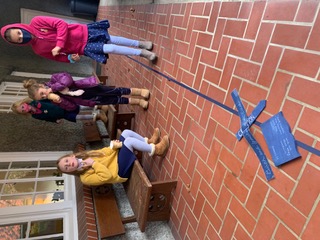
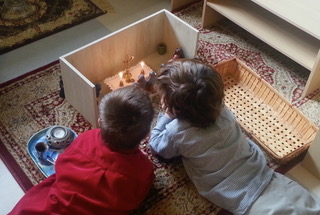
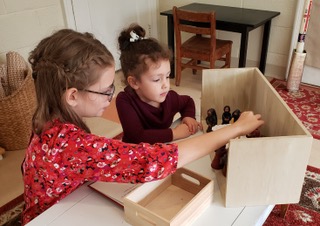
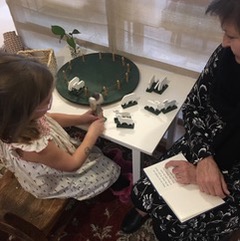


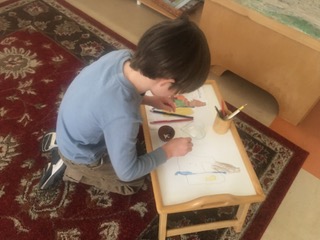
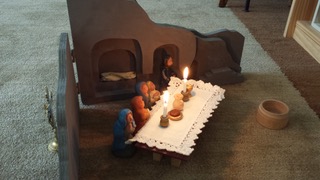







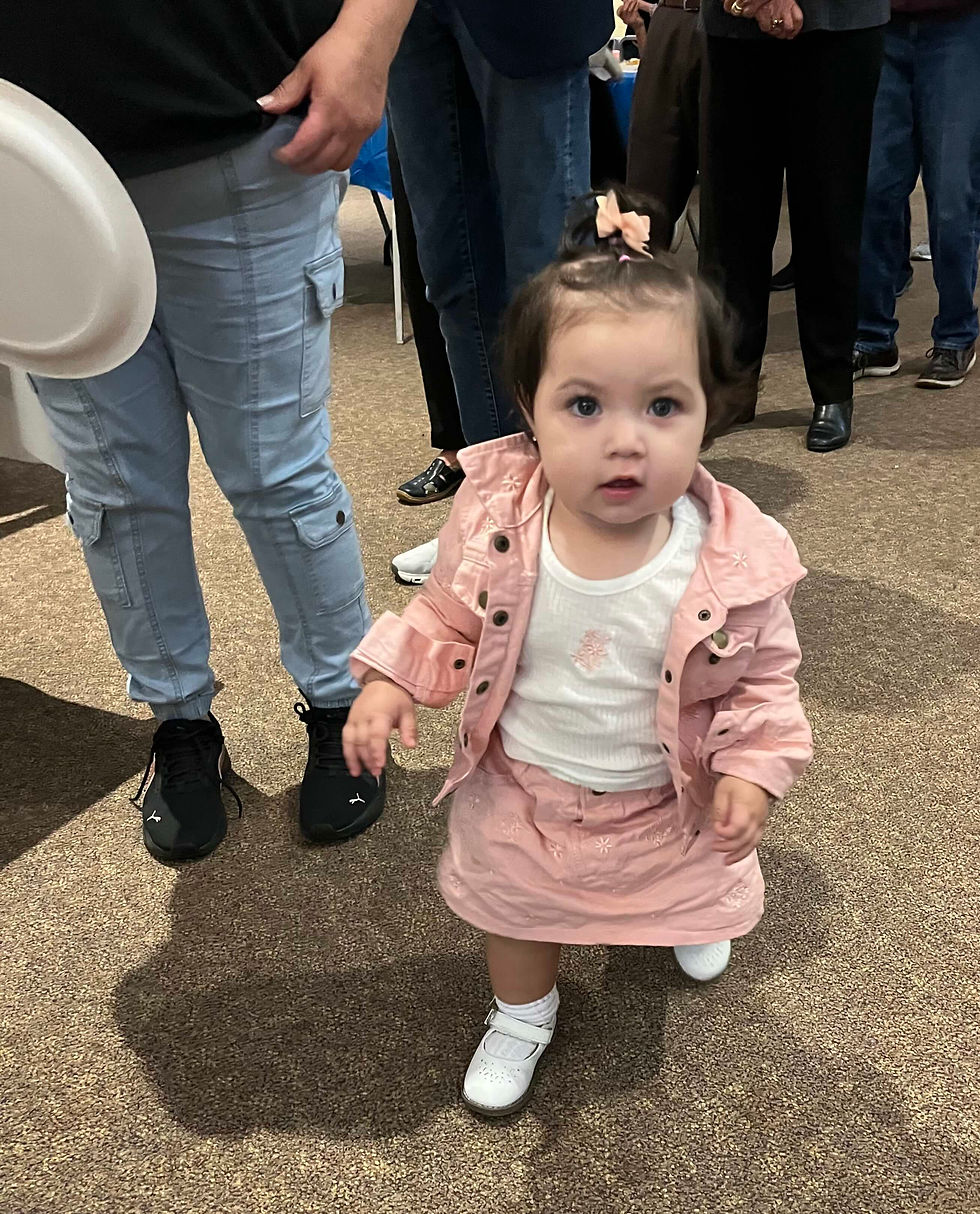

Comments